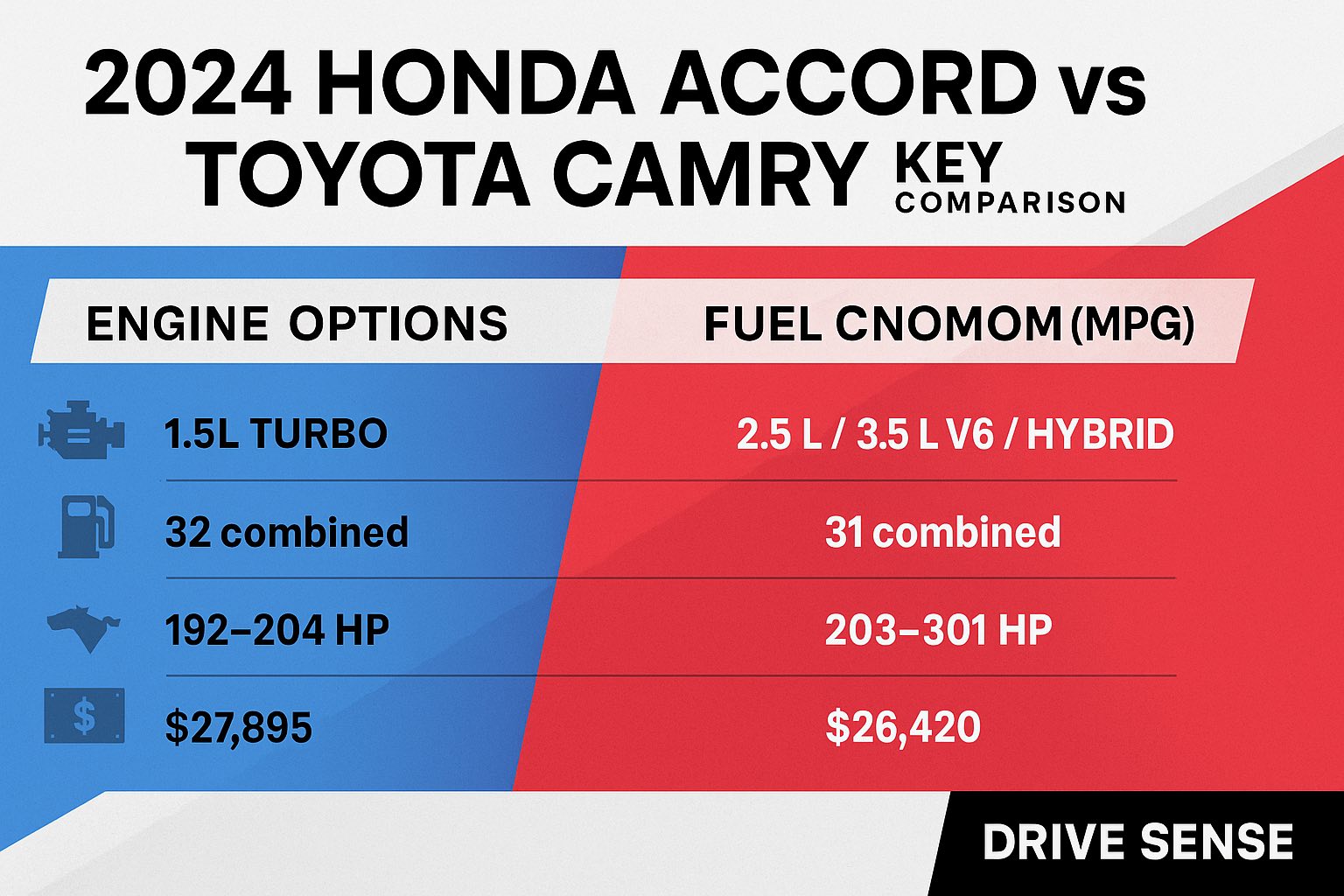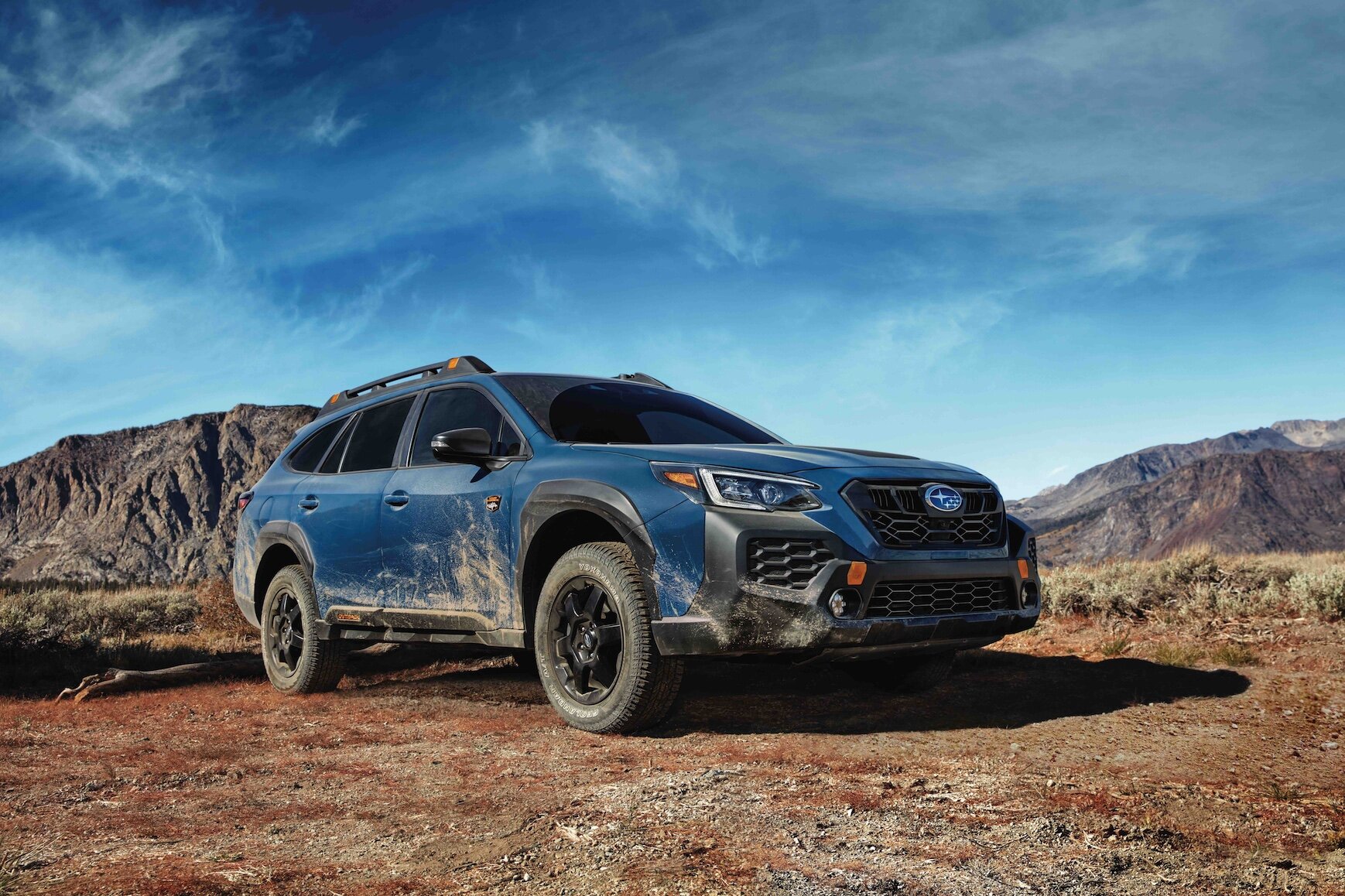The Midsize Showdown: Accord vs Camry, 2024 Edition
Spend any time in Detroit’s commuter lanes and you’ll spot two badges more than most: Honda’s stylized "H" and Toyota’s ellipse. For decades, the Accord and Camry have been the default answer for anyone wanting reliable, comfortable transportation without the SUV fuss. Both sedans have carved out loyal followings, but in 2024, their approaches diverge more than ever. I spent a week with each, swapping keys and notebooks, tallying every click of a climate knob and every twitch of the steering wheel. Here’s how they stack up.
Design Language: Subtle Swagger vs Conservative Comfort
The 2024 Honda Accord wears its new sheetmetal with confidence. There’s a whiff of Civic in the front end—low, wide, purposeful—but the Accord stretches it into something altogether more mature. You get clean lines, slim headlights, and a fastback-style roofline that’s more Audi A5 Sportback than old-school family hauler. In Radiant Red, it even turned a few heads at my local coffee shop—a first for an Accord in recent memory.
The Camry, meanwhile, is at the end of its current generation’s life cycle (expect a redesign soon). Toyota has played it safe on the outside: familiar grille, prominent side creases, and just enough sportiness in SE and XSE trims to keep things interesting. If you’ve seen one Camry in the last five years, you know what to expect. It’s handsome enough but lacks the Accord’s newfound flair.
Inside the Cabin: Where Buttons Meet Big Screens
Step inside the Accord and you’re greeted by a dashboard that borrows heavily from Honda’s latest playbook: horizontal vents disguised as trim, physical controls for climate (thank you!), and a crisp 12.3-inch touchscreen on most trims. The screen sits high and is easy to reach; wireless CarPlay and Android Auto are standard above base models. Materials are class-competitive—soft-touch in all the right places, with hard plastics kept mostly out of sight below knee level.
The Camry’s cabin is more traditional but no less functional. Toyota sticks to tried-and-true ergonomics: big knobs for volume and temperature, clear analog gauges (unless you spring for the digital cluster), and seats that remain some of the best-bolstered in this class. The infotainment system is less flashy—a 9-inch touchscreen maxes out—but it’s responsive enough. Some might call it dated; others will appreciate its simplicity.
Both sedans offer roomy rear seats (I’m six-foot-one and had no issues behind my driving position) and trunks that swallow a family’s worth of groceries or luggage—16.7 cubic feet for Accord, 15.1 for Camry.
Spec Sheet Face-Off: Powertrains and Performance
This is where philosophies truly split. The 2024 Accord comes almost exclusively as a hybrid unless you opt for the LX or EX trims with Honda’s familiar 1.5-liter turbo four (192 hp). Most Accords on lots use a 2.0-liter hybrid setup (204 combined hp), paired with an eCVT transmission that tries its best to mimic gears under heavy throttle.
Toyota offers more variety under the hood: a base 2.5-liter naturally aspirated four-cylinder (203 hp), an available 3.5-liter V6 (301 hp) that’s unique in this segment (though being phased out soon), or their own hybrid system (208 combined hp). All pair with traditional automatics—8-speed for gas models or eCVT for hybrids.
No all-wheel-drive for Accord; Camry offers it on four-cylinder gas trims—a plus if your winters are ugly.
On The Road: Steering Feelings & Real-World MPG
Honda has tuned the Accord for lightness and composure—it feels eager to change direction, with steering that weights up nicely in corners but never feels darty on straightaways. Body roll is well-controlled; ride quality is supple over broken Michigan tarmac yet never floaty. There’s some wind noise at highway speed—less than a Silverado but more than a Sonata—but nothing intrusive.
The hybrid powertrain delivers brisk off-the-line torque thanks to electric assist but can drone under hard acceleration—a mild annoyance if you’re used to silky V6s or turbo fours. In real-world driving, I averaged about 46 mpg combined in mixed suburban driving—impressive given my lead foot tendencies.
The Camry counters with steadiness over sportiness. Steering is lighter with less feedback but tracks straight as an arrow at speed—great for highway slogs but less fun on twisty backroads. The V6 is a gem—smooth power, pleasant growl—but thirsty (expect mid-20s mpg). The four-cylinder hybrid splits the difference: not as peppy as Honda’s hybrid but impressively efficient (I saw 47 mpg indicated).

Tech & Features: What You Get For Your Dollar
Honda loads most safety gear standard: adaptive cruise control, lane keeping assist, blind spot monitoring across almost all trims. Same goes for Toyota—their Safety Sense suite covers similar ground—and both systems behave predictably without constant beeping or false alarms.
The Accord’s higher trims offer Google built-in integration—think native Maps and Assistant without needing your phone—and an excellent Bose audio upgrade. Wireless charging and heated/cooled seats round out the essentials.
The Camry isn’t far behind on creature comforts but feels its age in tech interfaces; wireless smartphone integration is present only on upper trims and no built-in Google smarts yet.
Ownership Costs & Real-Life Livability
This is where these two shine brightest—and why so many Americans keep coming back to them. Insurance rates are reasonable compared to flashier sedans or crossovers; maintenance costs are low thanks to proven engines and transmissions; resale values remain strong year after year.
Toyota edges out slightly on long-term reliability stats per J.D. Power and Consumer Reports—but only by a hair; both are among segment leaders here.
A Few Gripes & Surprises Along The Way
No car is perfect—even legends like these can irritate after a week behind the wheel. In the Accord hybrid, I missed tactile feedback from paddle shifters when hustling through traffic; there aren’t any because of its eCVT setup. And while I love Honda’s new minimalist dash layout, glare from the glossy screen occasionally caught my eye during late-afternoon drives down Woodward Avenue.
The Camry? The foot-operated parking brake still exists on some trims—a throwback quirk that feels out-of-place next to modern rivals like the Hyundai Sonata or Kia K5 (both offer electronic brakes). Also worth noting: rear headroom in both sedans dips if you opt for moonroofs due to sloping rooflines—something taller drivers might want to consider before signing paperwork.
Market Positioning & The Competition
The midsize sedan field isn’t what it once was, but competition remains fierce from Hyundai Sonata, Kia K5, Nissan Altima (with available AWD), Subaru Legacy (standard AWD), Mazda6 (now discontinued stateside), and even entry-level EVs like Tesla Model 3 or Hyundai Ioniq 6 nibbling at the edges.
The Accord leans toward buyers who want modern design language inside and out—with efficiency front-and-center—while Toyota caters to those who value unshakeable familiarity and available V6 punch (for now). Each does what it sets out to do with few missteps; neither feels like an afterthought compared to SUV siblings.
The Final Word From Detroit
If I had to pick one key fob for my own driveway? It’d be tough—and frankly depends on what matters most day-to-day. The Accord Hybrid wins on fuel economy, interior freshness, and subtle driving engagement—a satisfying companion whether slogging through I-94 traffic or stretching its legs on winding county roads northwest of Ann Arbor.
The Camry remains quietly competent—especially with that smooth V6—but feels ready for its next chapter design-wise. If bulletproof reliability and straightforward usability top your list (and you crave available AWD), it still makes perfect sense. There are flashier choices out there—but few so thoroughly engineered for real American lives as these two legends remain.


